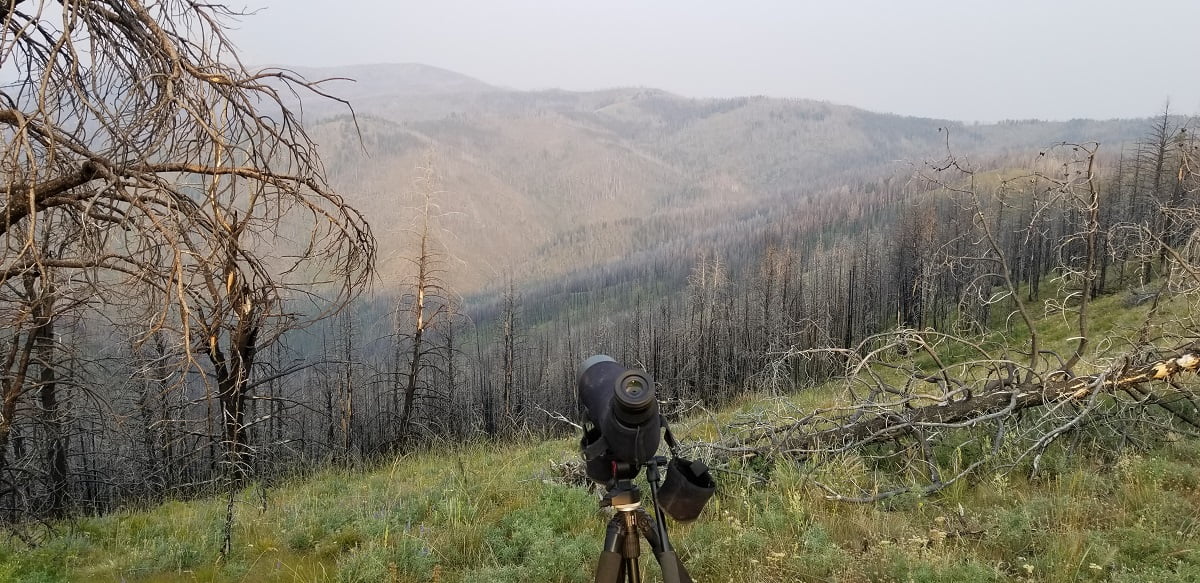
Jim Carr knows that hunting burns can be a great strategy for finding game. In this article he explains some of the reasons they can be so good.
Hunting Burns

How much is regrowth affected by the infusion of carbon and calcium as far as species distribution? Dont know much about soil make up out there or how potential ph and calcium shifts could impact regrowth. Controlled burns are a fantastic habitat management tool over here for deer and other wildlife.
That is interesting. Any speculation on why you don't find older bucks in unburned areas?Only place you can consistently find older mule deer up here in Southern BC. Great information
That is interesting. Any speculation on why you don't find older bucks in unburned areas?